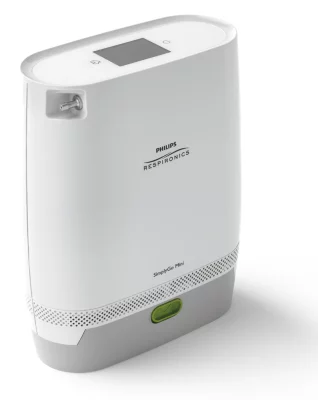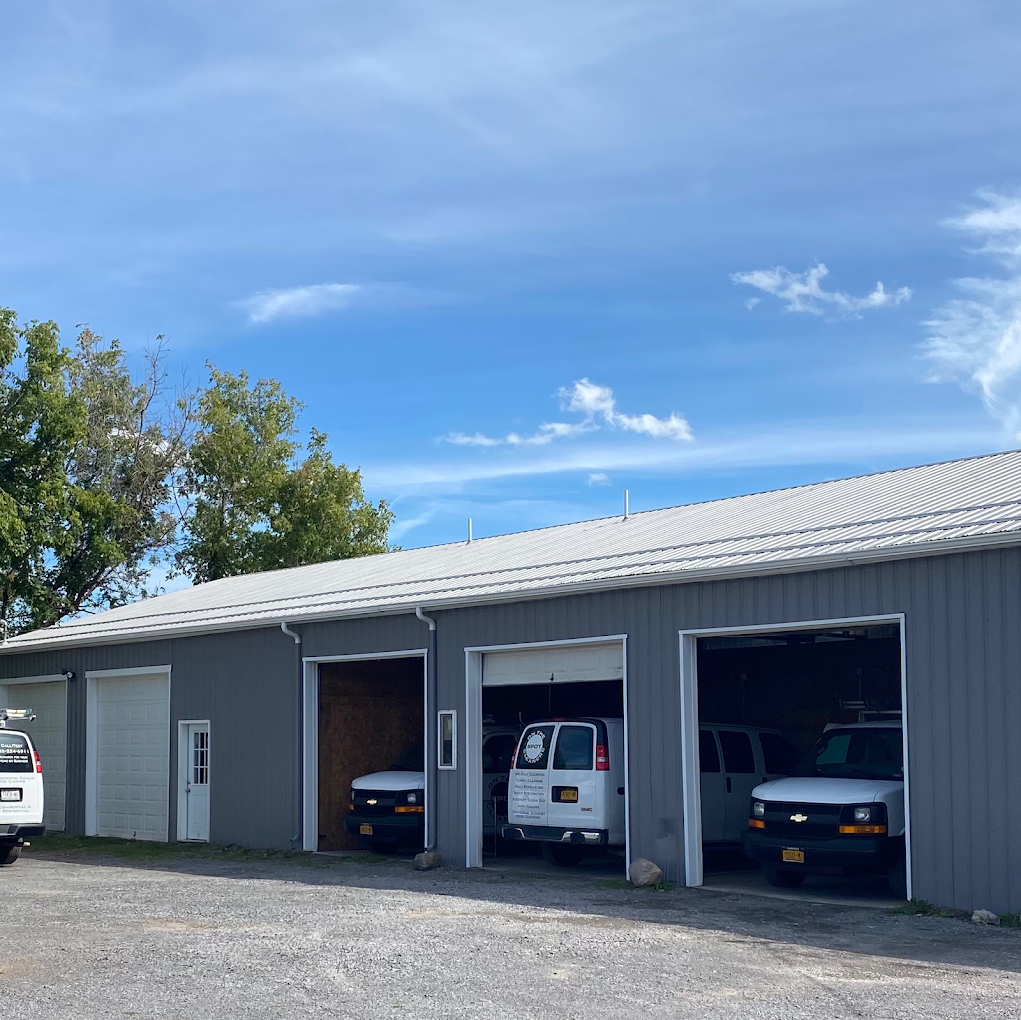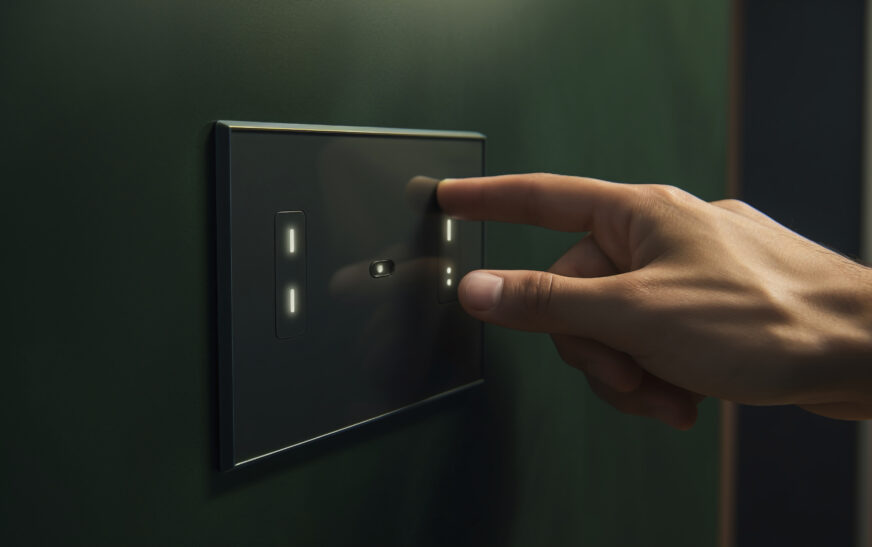In today’s fast-paced world, ensuring access to medical oxygen on the go has become more important than ever. Whether you or a loved one requires oxygen therapy, understanding how to choose the right portable oxygen tank can make a world of difference. This comprehensive guide will walk you through everything you need to know about portable oxygen tanks, helping you make an informed purchase.
What is a Portable Oxygen Tank?
A portable oxygen tank is a lightweight, transportable device designed to provide medical-grade oxygen for individuals who need supplemental oxygen. Unlike stationary oxygen concentrators, portable tanks offer mobility, allowing users to maintain an active lifestyle while managing their respiratory health.
Types of Portable Oxygen Tanks
When shopping for a portable oxygen tank, it’s essential to understand the different types available:
1. Compressed Oxygen Tanks
- Contain compressed oxygen in a metal cylinder.
- Heavier and bulkier compared to other options.
- Require regular refills.
2. Liquid Oxygen Tanks
- Store oxygen in a liquid form at extremely low temperatures.
- More oxygen can be stored in a smaller tank.
- Lightweight and ideal for active users.
3. Portable Oxygen Concentrators (POCs)
- Extract oxygen from ambient air.
- Do not require refilling.
- Operate on batteries or electricity, making them convenient but often more expensive.
Key Factors to Consider When Buying a Portable Oxygen Tank
1. Oxygen Flow Rate
- Evaluate the oxygen flow rate your doctor prescribes. Tanks come with adjustable flow rates, usually measured in liters per minute (LPM).
- Ensure the tank you choose can meet your needs, whether continuous or pulse flow is required.
2. Weight and Portability
- Consider the tank’s weight and size. For individuals with mobility challenges, lighter tanks or those with carrying cases and wheels are preferable.
3. Battery Life
- For portable oxygen concentrators, battery life is crucial. Look for models with long-lasting batteries or those that allow external battery packs.
4. Duration of Use
- Determine how long a tank lasts based on its oxygen capacity and flow rate. This ensures you won’t run out of oxygen during use.
5. Ease of Refilling or Recharging
- Evaluate how easy it is to refill a compressed or liquid oxygen tank or recharge a portable concentrator.
6. Cost
- Budget is a significant factor. While compressed tanks are affordable, POCs tend to be a more expensive but long-term investment.
Benefits of Portable Oxygen Tanks
- Enhanced Mobility
- Portable oxygen tanks empower users to travel and engage in activities without being confined to their homes.
- Improved Quality of Life
- Access to oxygen therapy on the go helps manage symptoms of respiratory conditions, improving overall well-being.
- Convenience and Flexibility
- Modern tanks and concentrators are designed for ease of use, with features like adjustable flow rates and lightweight designs.
Maintenance Tips for Portable Oxygen Tanks
To ensure your portable oxygen tank functions efficiently:
- Regular Cleaning: Clean the tank and any accessories, such as cannulas and masks, to prevent infections.
- Storage: Store the tank in a cool, dry place away from direct sunlight or heat sources.
- Check for Leaks: Regularly inspect the tank for leaks or damage.
- Monitor Oxygen Levels: Keep an eye on oxygen levels and refill or recharge as needed.
- Follow Manufacturer Guidelines: Adhere to the maintenance instructions provided by the manufacturer.
Safety Tips for Using Portable Oxygen Tanks
Safety is paramount when using a portable oxygen tank. Here are some critical tips:
- Avoid Smoking or Open Flames: Oxygen supports combustion, so keep the tank away from flames or smokers.
- Secure the Tank: Ensure the tank is secure during use and transportation to prevent accidents.
- Use Only Approved Accessories: Use regulators, masks, and cannulas designed for your specific tank.
- Turn Off When Not in Use: Always turn off the tank when it’s not in use to conserve oxygen and prevent leaks.
Top Brands for Portable Oxygen Tanks
When choosing a portable oxygen tank, consider reputable brands known for quality and reliability:
- Inogen
- Philips Respironics
- Invacare
- CAIRE Inc.
Researching customer reviews and consulting with a healthcare professional can help you pick the right brand.
FAQs About Portable Oxygen Tanks
1. How long does a portable oxygen tank last?
The duration depends on the tank’s size and flow rate. Small tanks may last a few hours, while larger ones can provide oxygen for an entire day.
2. Can I travel with a portable oxygen tank?
Yes, many tanks are FAA-approved for air travel. Check airline policies beforehand.
3. Do I need a prescription to buy a portable oxygen tank?
Yes, oxygen tanks require a prescription from a healthcare provider.
Conclusion
A portable oxygen tank is an invaluable tool for individuals requiring supplemental oxygen. By understanding the types, features, and considerations discussed in this guide, you can make a confident and informed purchase. Always consult your healthcare provider to ensure the chosen tank meets your specific needs. With the right portable oxygen tank, you can enjoy greater mobility, independence, and quality of life.









